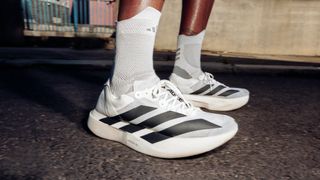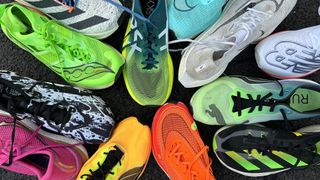Running Shoe News, Reviews And Buying Advice
Discover the latest releases and read reviews of running shoes from Nike, Adidas, Brooks, Hoka, Saucony, Asics, New Balance, Puma, On and others

You don’t need a lot of equipment to get into running, but a good pair of running shoes is a must. The good news is that virtually all modern running shoes meet that standard—but if you want the very best, our expert advice can help. We’ve tested and reviewed hundreds of pairs from all the major brands and consulted with experts to select the best running shoes in different categories, including cushioned shoes, stability shoes, trail-running shoes and carbon plate running shoes.
Latest about Running Shoes
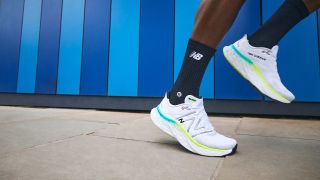
The Best Cushioned Running Shoes For Long Distances
By Nick Harris-Fry last updated
Rack up big miles in comfort with these running shoes designed for long distances
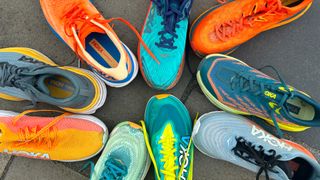
The Best Hoka Running Shoes
By Nick Harris-Fry last updated
Hoka’s range of running shoes contains great options for every kind of runner
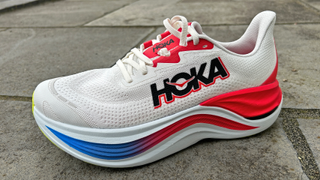
Hoka Skyward X Review
By Nick Harris-Fry published
The Hoka Skyward X is a cushioned cruiser with a carbon plate that’s built for daily training
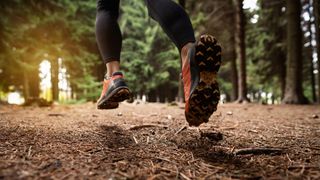
The Best Trail-Running Shoes
By Nick Harris-Fry last updated
It’s all about grip and protection out on the trails. Use our recommendations to find the best trail-running shoe for you
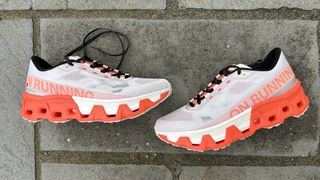
On Cloudmonster Hyper Review: Not Worth The Hype
By Nick Harris-Fry published
The On Cloudmonster Hyper is an underwhelming addition to the Swiss brand’s line-up and is outperformed by far cheaper shoes
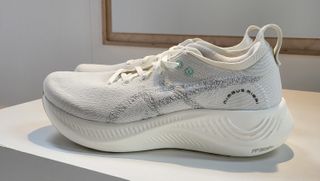
Where To Buy The New Asics Nimbus Mirai, The Limited-Edition Shoe Designed To Be Returned And Recycled
By Jonathan Shannon published
Asics’ new recyclable performance running shoe is only getting a limited release, so here’s how you can get your hands on it
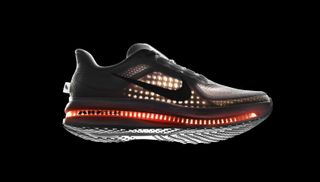
The New Nike Pegasus Premium Arrives Next Year—How Is It Different To The Nike Pegasus 41?
By Nick Harris-Fry published
Along with the standard Pegasus, Nike has revealed the Pegasus Premium
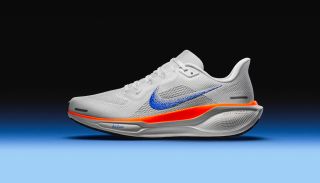
Big Changes Are Coming To The Next Nike Pegasus—Here’s What To Expect
By Nick Harris-Fry published
The Nike Pegasus 41 upgrades its midsole material to ReactX foam
Sign up for workout ideas, training advice, reviews of the latest gear and more.
